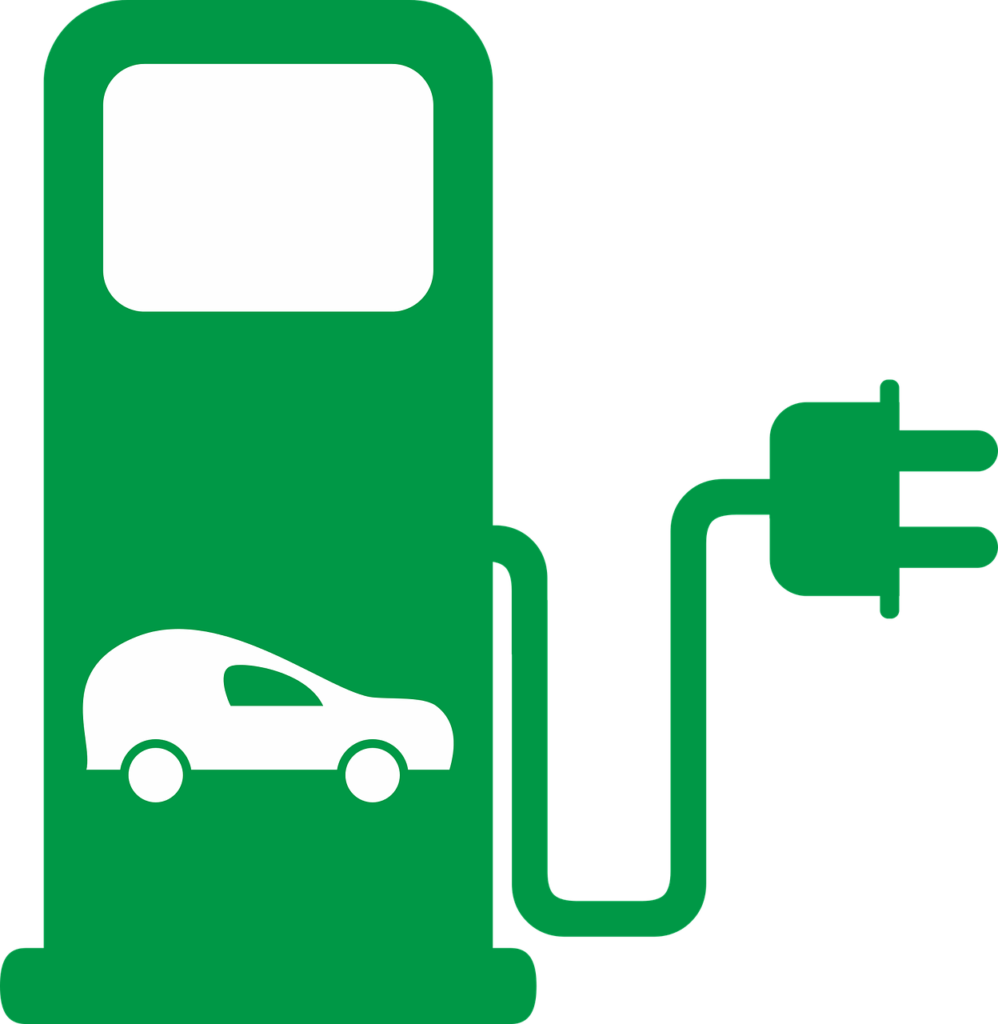History & Evolution of Electric Vehicles

Revolutionizing Transportation for a Sustainable Future
The rise of electric vehicles marks a significant milestone in the pursuit of sustainable transportation. With the global challenge of climate change and environment degradation becoming increasingly urgent, the adoption of electric vehicles presents a promising solution.
EVs offer a tangible path to reduce emissions, combat air pollution, and mitigate the detrimental effects of fossil fuel consumption on the environment. By transitioning away from traditional gasoline and diesel vehicles, society can significantly decrease its reliance on finite fossil fuels, thereby reducing greenhouse gas emissions and lessening the impact on the planet’s ecosystems.
This article will delve into the multifaceted aspects of electric vehicles, spanning their historical development, underlying technology, numerous benefits, existing challenges, and future prospects. Understanding the evolution of EVs from their humble beginnings to their current state of innovation battery technology to the expansion of charging infrastructure, the landscape of electric transportation continues to evolve rapidly. Despite challenges such as range anxiety and the environmental impact of battery production, the future of electric vehicles holds promise, driven by ongoing technological innovation, supportive government policies and shifting consumer preferences towards sustainability.

The history and evolution of electric vehicles span more than a century, marked by periods of innovation, decline and resurgence. Here is a comprehensive overview:
Early Development (19th Century)
- Early Concepts: The idea of electric propulsion dates back to the early 19th century, with inventors like Robert Anderson and Thomas Davenport creating some of the earliest electric-powered vehicles. These early vehicles were undeveloped and often used non-rechargeable batteries.
- Growth and Popularity: In the late 19th and early 20th centuries, electric vehicles gained popularity, especially in urban areas, due to their quiet operation and lack of exhaust emissions. They are favoured for short-distance travel and were often used as taxis and delivery vehicles.
Rise of Inter Combustion Engine (Late 19th – Early 20th Century)
- Competition with Gasoline Cars: The introduction of the internal combustion engine (ICE) vehicle, which offered greater range and faster refuelling, posed a challenge to electric vehicles. The mass production of gasoline cars by companies like Ford, made them more affordable and accessible to the general public.
- Decline of Electric Vehicle: As gasoline-powered vehicles become more prevalent, electric vehicles began to decline in popularity due to limitations such as limited range, long charging times, and the high cost of batteries.
Resurgence and Innovation (Late 20th Century)
- Environmental Awareness: Growing concerns about air pollution and oil dependency in the latter half of the 20th century sparked renewed interest in electric vehicles as a cleaner and more sustainable alternative to gasoline cars.
- Government Initiatives: In the 1990s, government initiatives, particularly in California, aimed to promote zero-emission vehicles. The California Air Resources Board (CARB) implemented the Zero Emission Vehicle (ZEV) mandate, requiring automakers to produce a certain percentage of vehicles with zero tailpipe emissions.
- Early Electric Cars: During this period, automakers like General Motors, Toyota and Honda introduced electric vehicles such as the GM EV1, Toyota RAV4 EV and Honda EV Plus. These early electric cars offered limited range and were mainly available through lease programs in select markets.

Modern Era (21st Century)
- Advancement in Battery Technology: The 21st century witnessed significant advancements in battery technology, driven by the demand for portable electronics and renewable energy storage. Lithium-ion batteries emerged as the preferred energy storage solution for electric vehicles due to their higher density and longer lifespan.
- Tesla’s Impact: Tesla, founded in 2003, played a pivotal role in popularizing electric vehicles with its Roadster, Model S, Model X and Model 3. Tesla’s vehicles offered longer ranges, high performance, and innovation feathers, challenging perceptions about electric cars and pushing other automakers to invest in EV technology.
- Expansion of EV Market: In recent years, the electric vehicle market has expanded rapidly, with numerous automakers introducing electric models across various segments. From compact city cars to luxury SUVs and trucks, there’s now a wide range of electric vehicles available to consumers.
Future Outlook
- Continued Innovation: The electric vehicle industry continues to evolve rapidly, with ongoing advancements in battery technology, electric drivetrains, and charging infrastructure. Innovations such as solid-state batteries, fast-charging networks and vehicle-to-grid (V2G) technology hold the potential to further improve the performance and convenience of electric vehicles.


- Government Support: Government around the world are implementing policies and incentives to promote the adoption of electric vehicles, including subsidies, tax incentives and emissions regulations. These measures aim to accelerate the transition to electric transportation and reduce greenhouse gas emissions from the automotive sector.
- Market Growth: With increasing awareness of environment issues and the benefits of electric vehicles, the market for EVs is expected to continue growing. Analysts predict that electric vehicles will become increasingly competitive with gasoline cars in terms of cost, range and performance, further driving adoption in the coming years.

In Conclusion, the history and evolution of electric vehicles have been characterized by periods of innovation, decline and resurgence. With advancements in technology, changing consumer preferences and supportive government policies, electric vehicles are poised to play a significant role in shaping the future of transportation, offering a cleaner, more sustainable alternative to conventional ICE vehicles.
Rest in Part II (how an Electric Vehicle works).

